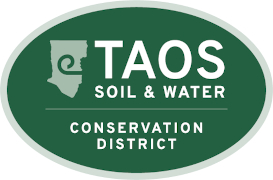Healthy Soil Resources for Youth & Educators
Free NACD Healthy Soil Activity Books for Kindergarten Through 8th Grade!
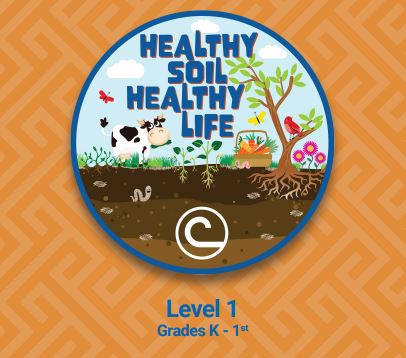
Grades K-1
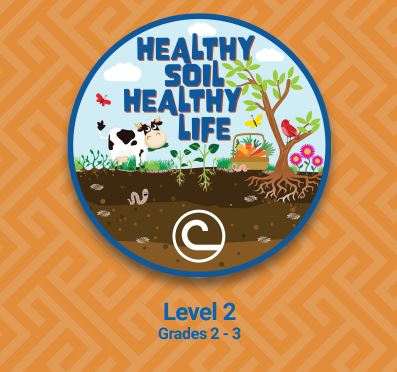
Grades 2-3
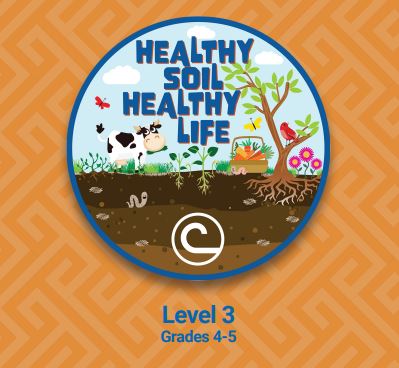
Grades 4-5
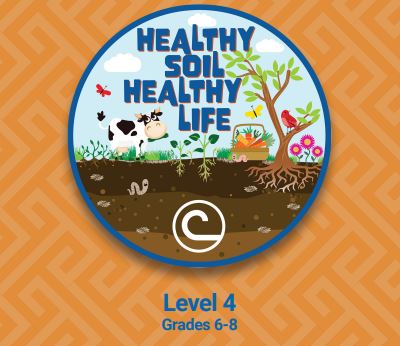
Grades 6-8
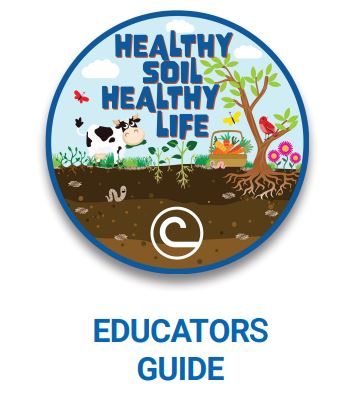
Educators Guide
Students, parents, guardians, teachers, and others interested in assisting on the online, virtual education of our youth, below you may find some helpful information about soil!
“Concerned about students, educators and citizens understanding the crucial relationships between agriculture, natural resources, and people of the world, a group of about 50 professionals established Project Food, Land & People (FLP) in 1989. Since then, FLP has started coalitions in 29 states, developed a nationally recognized collection of related lessons for grades Pre-K through 12, and reached millions of students, educators and citizens through its educational network.”
Cool Compost in a Bottle project for youth!
Pollinator (Importance of Bees) worksheets. The Pollinator Partnership is a non-profit 501(c)3 organization– the largest in the world dedicated exclusively to the protection and promotion of pollinators and their ecosystems.
National Association of Conservation Districts
Additional resource materials on the stewardship of soil, water, watersheds, pollinators, forestry and other related topics by grade level (similar to activity books on left). “The National Association of Conservation Districts (NACD) is the 501(c)(3) nonprofit organization that represents America’s 3,000 conservation districts and the 17,000 men and women who serve on their governing boards. Conservation districts are local units of government established under state law to carry out natural resource management programs at the local level. Districts work with millions of cooperating landowners and operators to help them manage and protect land and water resources on private and public lands in the United States.”
Educator Guides and additional worksheets, videos, and resources. “Conservation International works to spotlight and secure the critical benefits that nature provides to humanity. Since our inception, we’ve helped to protect more than 6 million square kilometers (2.3 million square miles) of land and sea across more than 70 countries. Currently with offices in 29 countries and 2,000 partners worldwide, our reach is truly global.”
On the U.S. Forest Service Learning for Kids website, kids can find links to fun activities, information, and videos related to the natural resources and conservation of our National Forests.
Natural Resources Conservation Service (NRCS)
On the Natural Resources Conservation Service’s Teachers and Students website, viewers can “take a tour with S.K. Worm, learn about all conservation and agriculture or even watch fun videos!”.
United States Department of Agriculture
Here you can find education resources for children, parents, and teachers. Kids can learn about soil with Wilbur the Soil Wizard! The site offers “links to an array of federal, state, academic, and organization websites providing educational materials on invasive species and integrated pest management”. Additionally, there are interactive computer games that teach agricultural literacy for grades K-5, coloring books, and other educational materials.
Activities and resources on Water and Environment related topics can be found here. From their headquarters in Montana, they “develop and deliver the world’s best water education resources, organize special water events, manage a worldwide network of local implementing partners and advocate for the role of water education in solving the world’s most pressing water issues”.
Here you can find information/resources and materials on the importance of trees and vegetation in our lives.
“Project Learning Tree uses trees and forests as windows on the world to increase students’ understanding of the environment and actions they can take to conserve it. Since 1976, PLT has reached 138 million students and trained 765,000 educators to help students learn how to think, not what to think about complex environmental issues. “
“Project Learning Tree helps develop students’ awareness, knowledge, and appreciation of the environment, builds their skills and ability to make informed decisions, and encourages them to take personal responsibility for sustaining the environment and our quality of life that depends on it. From its beginnings in 1976, PLT has exemplified high-quality environmental education.”
Society for Science and the Public
Current articles and references on such topics and COVID-19 and climate change. “For almost a century, Science News journalists have covered advances in science, medicine and technology for the general public, including the 1925 Scopes “monkey” trial, the advent of the atomic age in 1945, the space race, and the revolution of genetic engineering from the discovery of DNA to today’s gene-editing technology.”
National Science Teachers Association
Here you can find activities, free supplemental materials, resources and lesson plans. “Founded in 1944 (as the National Science Teachers Association), the National Science Teaching Association (NSTA) is headquartered in Arlington, Virginia. It is the largest organization in the world committed to promoting excellence and innovation in science teaching and learning for all. NSTA’s current membership of 40,000 includes science teachers, science supervisors, administrators, scientists, business and industry representatives, and others involved in and committed to science education.”
Next Generation Science Standards
Here you can find information and materials on the application of the Science Standards. Their website was created “…to support public communications, tools and resources for educators and leaders putting the NGSS into practice. In April 2020, the Achieve Science team launched the NextGenScience project at WestEd to support educators with the implementation of rigorous science standards across the nation.”
Here you can find worksheets, activities, and supplemental resources. “Earth Day Network’s mission is to diversify, educate and activate the environmental movement worldwide. Growing out of the first Earth Day in 1970, Earth Day Network is the world’s largest recruiter to the environmental movement, working with more than 75,000 partners in over 190 countries to drive positive action for our planet.”

